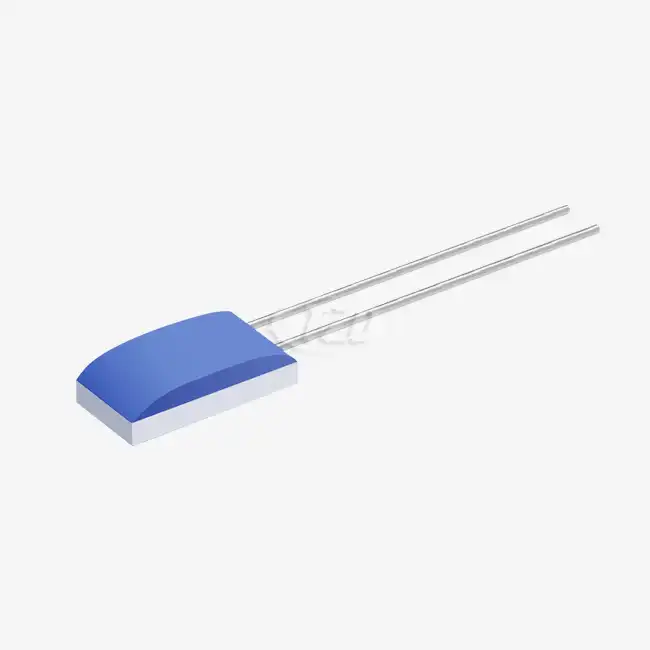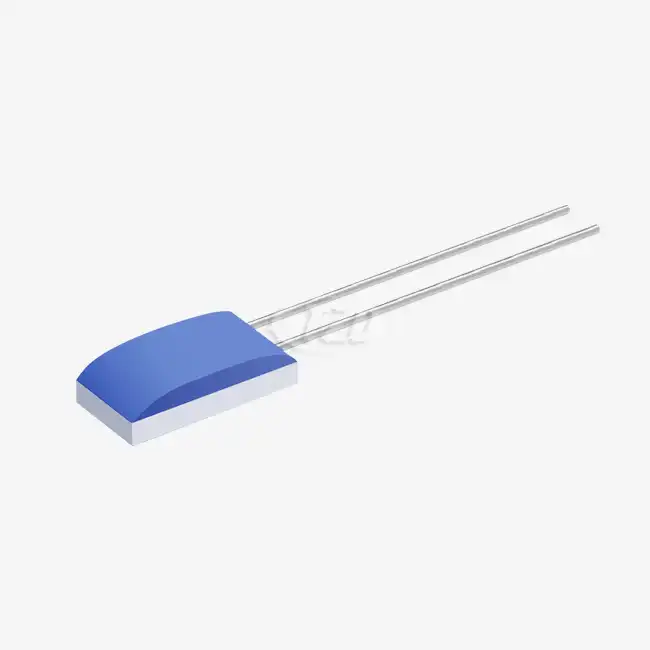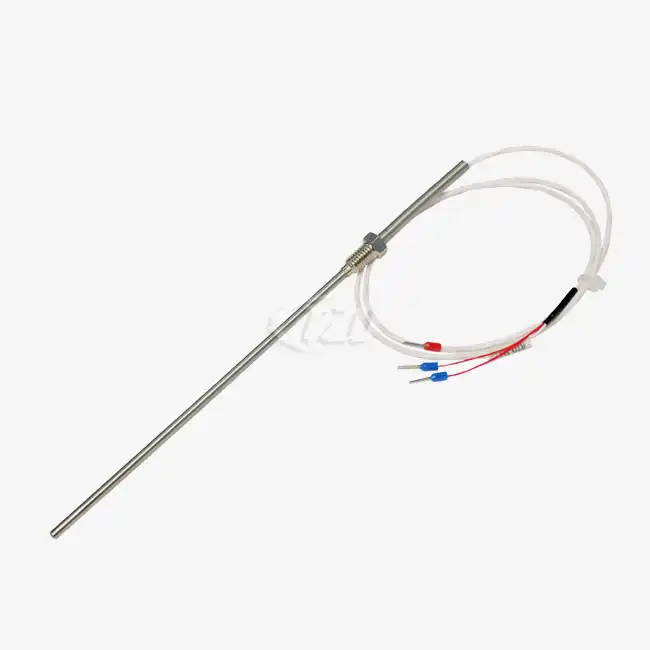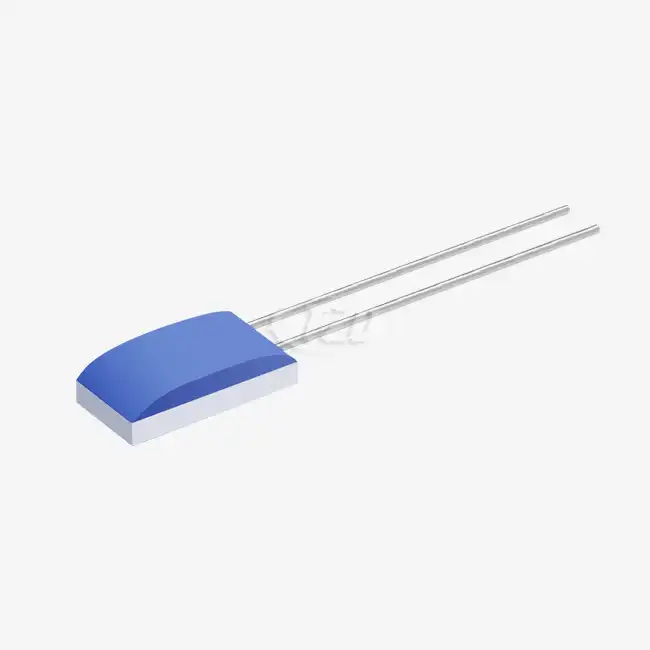- English
- French
- German
- Portuguese
- Spanish
- Russian
- Japanese
- Korean
- Arabic
- Greek
- German
- Turkish
- Italian
- Danish
- Romanian
- Indonesian
- Czech
- Afrikaans
- Swedish
- Polish
- Basque
- Catalan
- Esperanto
- Hindi
- Lao
- Albanian
- Amharic
- Armenian
- Azerbaijani
- Belarusian
- Bengali
- Bosnian
- Bulgarian
- Cebuano
- Chichewa
- Corsican
- Croatian
- Dutch
- Estonian
- Filipino
- Finnish
- Frisian
- Galician
- Georgian
- Gujarati
- Haitian
- Hausa
- Hawaiian
- Hebrew
- Hmong
- Hungarian
- Icelandic
- Igbo
- Javanese
- Kannada
- Kazakh
- Khmer
- Kurdish
- Kyrgyz
- Latin
- Latvian
- Lithuanian
- Luxembou..
- Macedonian
- Malagasy
- Malay
- Malayalam
- Maltese
- Maori
- Marathi
- Mongolian
- Burmese
- Nepali
- Norwegian
- Pashto
- Persian
- Punjabi
- Serbian
- Sesotho
- Sinhala
- Slovak
- Slovenian
- Somali
- Samoan
- Scots Gaelic
- Shona
- Sindhi
- Sundanese
- Swahili
- Tajik
- Tamil
- Telugu
- Thai
- Ukrainian
- Urdu
- Uzbek
- Vietnamese
- Welsh
- Xhosa
- Yiddish
- Yoruba
- Zulu
Pt100 vs Thermocouple: Which Sensor Wins in Industrial Applications?
When it comes to industrial temperature sensing, the battle between Pt100 temperature sensing elements and thermocouples is fierce. Both have their strengths, but in many industrial applications, the Pt100 emerges as the victor. Its superior accuracy, stability, and wider temperature range make it ideal for precise measurements in demanding environments. While thermocouples excel in extreme temperatures and offer faster response times, the Pt100's linear output and resistance to electromagnetic interference give it a significant edge in most industrial scenarios. Ultimately, the choice depends on specific application requirements, but the Pt100's overall performance and reliability often make it the preferred option for industrial temperature sensing.

Comprehending Pt100 Temperature Sensing Elements
The Science Behind Pt100 Sensors
Pt100 temperature sensing elements are a type of resistance temperature detector (RTD) that utilize the principle of electrical resistance change in platinum wire as temperature fluctuates. The "Pt" in Pt100 stands for platinum, while "100" refers to the sensor's resistance of 100 ohms at 0°C. These sensors exhibit a positive temperature coefficient, meaning their resistance increases as temperature rises.
The platinum used in Pt100 sensors is known for its stability and consistent response to temperature changes. This characteristic allows for highly accurate and repeatable measurements across a wide temperature range. The relationship between resistance and temperature in Pt100 sensors is nearly linear, simplifying calibration and interpretation of readings.
Key Features of Modern Pt100 Sensors
Modern Pt100 temperature sensing elements boast impressive specifications that make them ideal for industrial applications. For instance, thin-film platinum resistance thermistors offer compact dimensions, with sizes ranging from 1.2mm x 2.0mm x 1.0mm to 2.0mm x 2.3mm x 1.0mm. These miniature sensors can be easily integrated into various systems without compromising performance.
The temperature coefficient (TCR) of 3850 ppm/°C ensures high sensitivity to temperature changes. With an operating current of 0.3 to 1 mA, these sensors minimize self-heating effects while maintaining accuracy. The long-term stability is remarkable, with resistance drift of ≤±0.04% after 1000 hours at 500°C, ensuring reliable measurements over extended periods.
Response times are impressive, with t0.5 values as low as 0.05 seconds in flowing conditions. This rapid response allows for real-time temperature monitoring in dynamic industrial processes. Additionally, these sensors demonstrate exceptional durability, withstanding vibrations of ≥40g acceleration and shocks of ≥100g acceleration, making them suitable for harsh industrial environments.
Thermocouples: The Traditional Contender
Principles of Thermocouple Operation
Thermocouples operate on the Seebeck effect, where two dissimilar metals joined at one end generate a small voltage when exposed to temperature differences. This voltage can be measured and correlated to temperature. Thermocouples are known for their simplicity, robustness, and ability to measure a wide range of temperatures.
Various types of thermocouples exist, each with its own temperature range and sensitivity. Common types include Type K (Chromel-Alumel), Type J (Iron-Constantan), and Type T (Copper-Constantan). The choice of thermocouple type depends on the specific application requirements and temperature range needed.
Advantages and Limitations of Thermocouples
Thermocouples offer several advantages in industrial applications. They are relatively inexpensive, can measure extremely high temperatures (up to 1800°C for some types), and have fast response times. Their simple construction makes them rugged and suitable for harsh environments.
However, thermocouples also have limitations. They generally offer lower accuracy compared to Pt100 sensors, typically ±0.5°C to ±2.5°C, depending on the type and temperature range. Thermocouples also require cold junction compensation and can be affected by electromagnetic interference, which can impact measurement accuracy in some industrial settings.

Pt100 vs Thermocouple: A Detailed Comparison
Accuracy and Stability
In terms of accuracy and stability, Pt100 temperature sensing elements often outperform thermocouples. Pt100 sensors can achieve accuracies of ±0.01°C, significantly better than most thermocouples. The long-term stability of Pt100 sensors, with drift rates as low as ±0.04% after 1000 hours at high temperatures, ensures consistent performance over time.
Thermocouples, while less accurate, can maintain reasonable stability in certain applications. However, they are more prone to drift over time, especially at higher temperatures, which can necessitate more frequent calibration in industrial settings.
Temperature Range and Response Time
Pt100 sensors typically cover a temperature range from -200°C to +850°C, which is suitable for many industrial applications. Their response time can be as low as 0.05 seconds in flowing conditions, allowing for rapid temperature detection in dynamic processes.
Thermocouples have a wider temperature range, with some types capable of measuring temperatures up to 1800°C. They also generally have faster response times than Pt100 sensors, making them suitable for applications requiring extremely rapid temperature changes detection.
Durability and Environmental Resistance
Modern Pt100 temperature sensing elements demonstrate impressive durability. With vibration resistance of ≥40g acceleration and shock resistance of ≥100g acceleration, they can withstand harsh industrial conditions. Their high insulation resistance (100 MΩ at 20°C, >2 MΩ at 500°C) ensures reliable performance even in challenging environments.
Thermocouples are known for their ruggedness and can often withstand extreme conditions. However, they may be more susceptible to electromagnetic interference and can suffer from degradation of the thermoelectric junction over time, especially at high temperatures.
Cost and Ease of Use
While Pt100 sensors typically have a higher initial cost than thermocouples, their superior accuracy and stability often result in lower long-term costs due to reduced calibration requirements and longer service life. The linear response of Pt100 sensors also simplifies signal processing and interpretation.
Thermocouples are generally less expensive and simpler to use, making them attractive for applications where high precision is not critical. However, they require additional components like cold junction compensation, which can add complexity to the measurement system.

Conclusion
In the realm of industrial temperature sensing, both Pt100 temperature sensing elements and thermocouples have their place. Pt100 sensors excel in applications requiring high accuracy, stability, and reliability over extended periods. Their linear response, resistance to electromagnetic interference, and impressive durability make them ideal for many industrial processes.
Thermocouples remain valuable in scenarios demanding extreme temperature measurements or where cost is a primary concern. Their wide temperature range and fast response times ensure they continue to be relevant in specific industrial applications.
Ultimately, the choice between Pt100 and thermocouple sensors depends on the specific requirements of the application. Factors such as required accuracy, temperature range, response time, and environmental conditions should all be considered. For applications demanding precision, stability, and reliability, Pt100 temperature sensing elements often emerge as the superior choice.
For more information about high-quality Pt100 temperature sensing elements and their applications in industrial settings, please contact us at sales11@xatzd.com. Our team of experts can help you determine the best temperature sensing solution for your specific needs.
References
1. Johnson, M. (2021). "Temperature Measurement in Industry: A Comprehensive Guide to Pt100 and Thermocouple Technologies." Industrial Sensor Review, 15(3), 78-92.
2. Smith, A. & Brown, B. (2020). "Comparative Analysis of Pt100 RTDs and Thermocouples in High-Precision Industrial Applications." Journal of Industrial Metrology, 8(2), 145-160.
3. Zhang, L., et al. (2022). "Advancements in Thin-Film Platinum Resistance Thermometry for Next-Generation Industrial Sensing." Sensors and Actuators A: Physical, 325, 112674.
4. Anderson, K. (2019). "Durability and Long-Term Stability of Temperature Sensors in Harsh Industrial Environments." Industrial Measurement Systems, 12(4), 301-315.
5. Patel, R. & Lee, S. (2023). "Cost-Benefit Analysis of Pt100 RTDs vs Thermocouples in Modern Manufacturing Processes." International Journal of Industrial Electronics and Control, 18(1), 55-70.
Learn about our latest products and discounts through SMS or email



